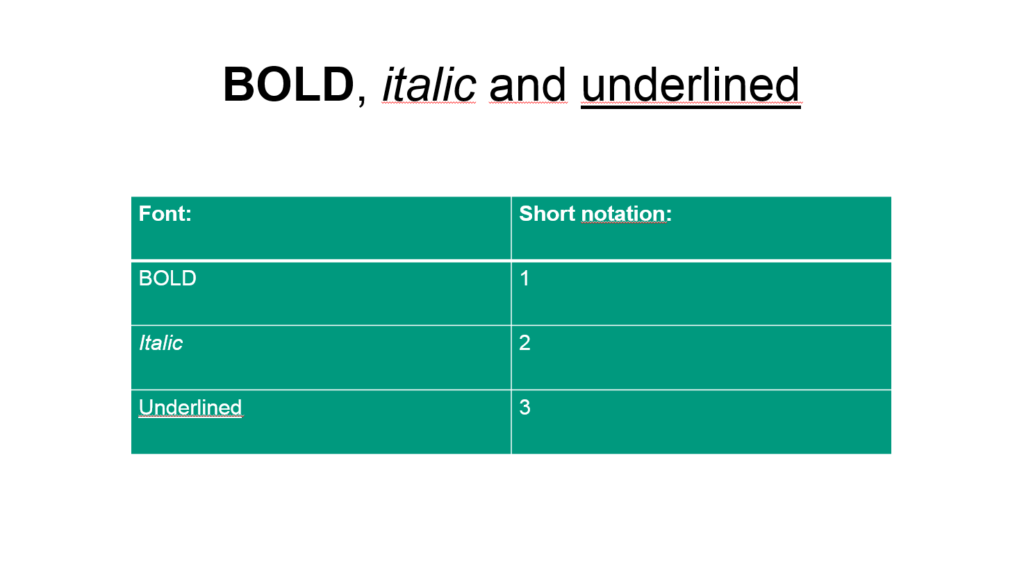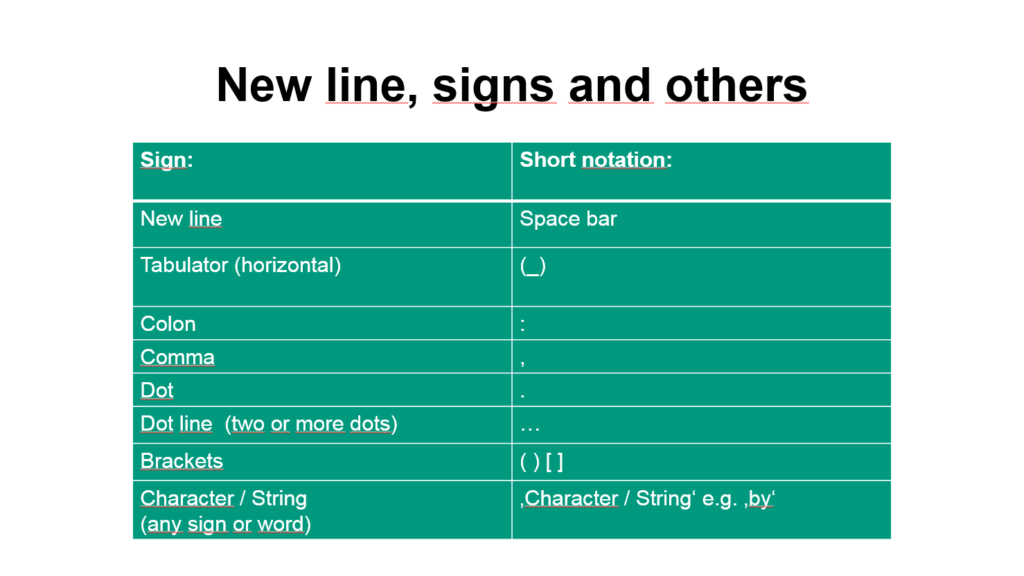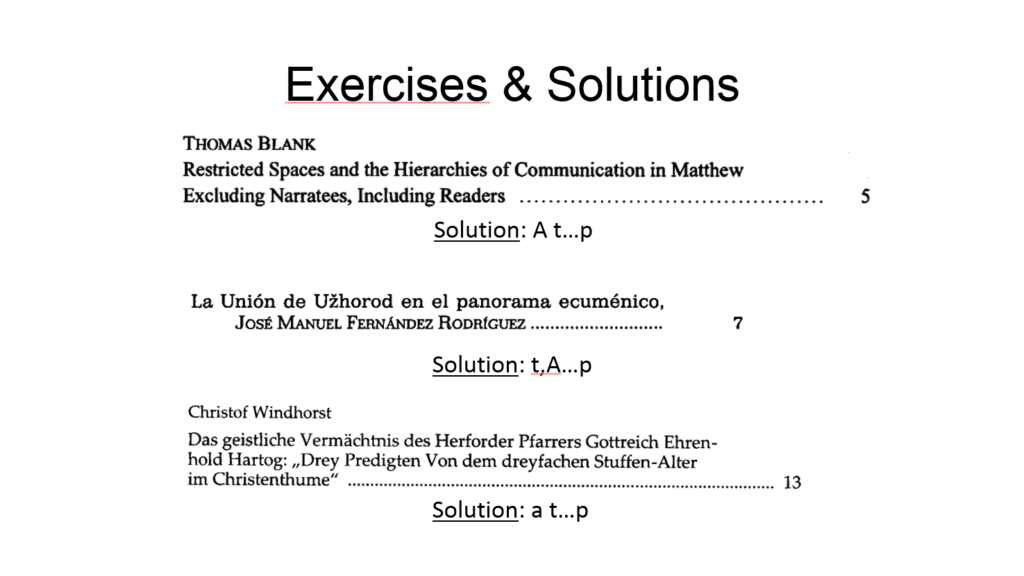7. Basic Hintsadd chapter
- Keep in mind that C-3 Plus runs through all words from left to right and tests all predicates at each word.
- Create simple rules! A good rule is one with only a few predicates. It might be better to commence with a simple rule and to develop the details later step by step instead of getting lost in too many details.
- C-3 Plus is a very complex tool. Often, you can achieve the same result by different rules. In addition, there is also a correction mode and a freeform editor. So it could be easier to renounce on looking for a text part and better correct a less refined result. It is also possible to use different rules for various text parts getting results for one table of content.
- The inclusive-parameter of a start, end or global conditon is a very useful tool. If the first or last word of a text block is not known it might be easier to describe the word before or after and to omit it in the results.
- If there cannot be defined a suitable predicate for a certain word or if there are too many, it could be easier to look for the contrary by choosing the parameter not as true.
7.1 Rule Structure and Short Notationadd section
7.1.1 Items: Author, Title, Page Number

The C-3 Plus has three items: author, title and page number. In C-3 Plus short notation they are written in small and big letters. The letters are small if the items are in normal font of small and big letter combination. The letters are big if the items are only written in big letters or small caps.
7.1.2 Items in Bold, Italic and Underlined
Items can be also written in bold, italic or underlined.

The numbers 1,2 and 3 are added behind the items. For example: a2t1p (Author italic, Title bold and normal page number)
7.1.3 New line, signs and others

In Short notation new lines, signs and others also stands behind the items or if there are different font numbers after them. For example: a1:t3 p (Author bold, Colon, Title underlined, New line, Page number)
7.1.4 Examples:

7.1.5 Note:
It is helpful to use strong differences between predicates like bold and not bold or signs like colon, dot line and so on.
Reminder: A good rule doesn`t need an lot of predicates!
